Are you interested in the history and impact of religion? These are the top religion museums in Austria:
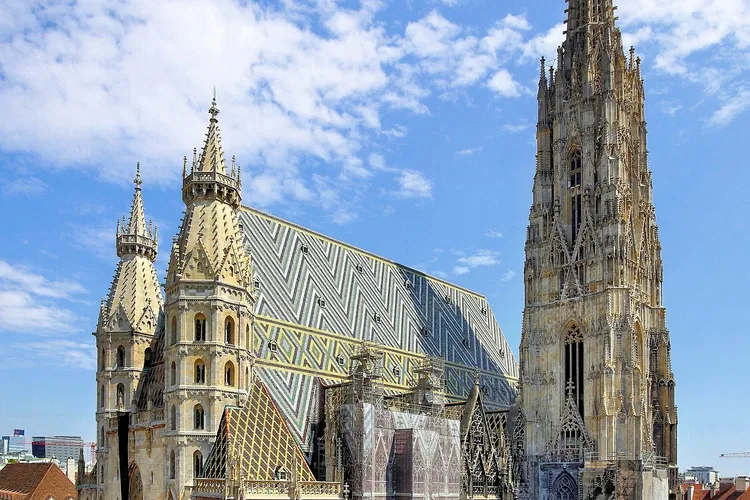
St. Stephen's Cathedral
ViennaSt. Stephen's Cathedral, also known as Stephansdom, is a Roman Catholic cathedral located in Vienna, the capital of Austria. It serves as the seat of the Archbishop of the Austrian Archdiocese of Vienna. This cathedral is not only a place of worship but also a symbol of Austrian history and identity.
DomQuartier Salzburg
SalzburgThe DomQuartier Salzburg, established in 2014, is a museum complex located in the city of Salzburg. It offers a unique blend of architectural structures and a display of both secular and sacred art collections centered around the Salzburg Cathedral and the Cathedral Square. The establishment of the DomQuartier has made several previously inaccessible areas open to the public.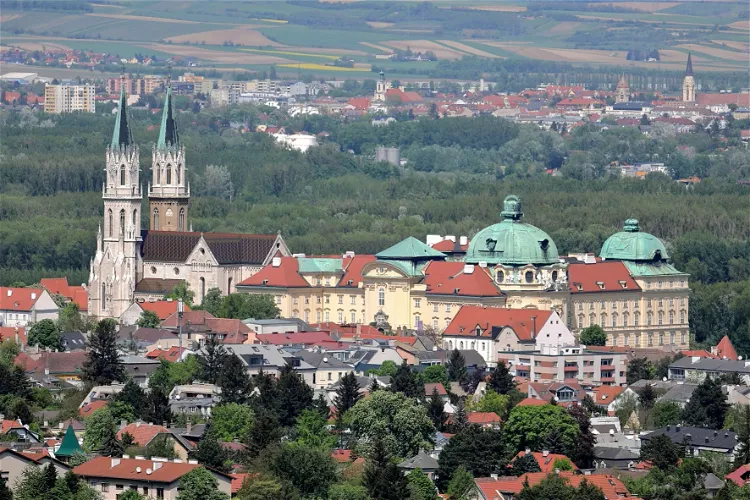
Klosterneuburg Monastery
KlosterneuburgThe Klosterneuburg Monastery, located northwest of Vienna in the town of Klosterneuburg, belongs to the congregation of the Austrian Augustinian Canons Regular. The complex has a rich history, dating back to its foundation by the Austrian Margrave Leopold III and his wife Agnes of Waiblingen in the early 12th century.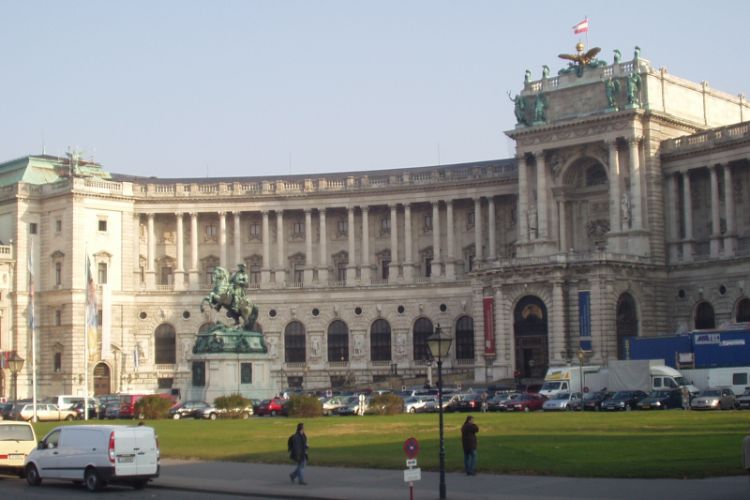
Austrian National Library
ViennaThe Austrian National Library is considered one of the most beautiful libraries in the world, containing 7.4 million items. It is divided into a library and a museum. The library includes all kinds of books from research, history, religion to modern literature. With the oldest book being the Holy Go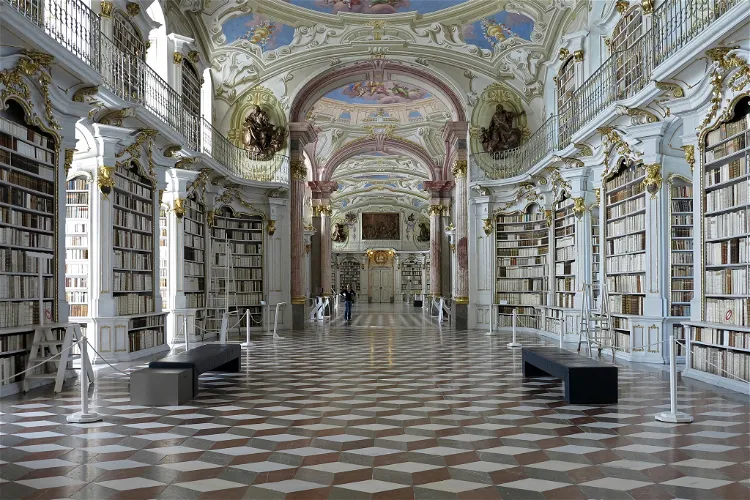
Admont Abbey Library
AdmontThe Admont Abbey Library, completed in 1776, is a baroque monastic library tract located in Admont, Upper Styria. This architectural marvel has been referred to as the eighth wonder of the world in the past, showcasing the grandeur and historical significance of the place.- Online discount!
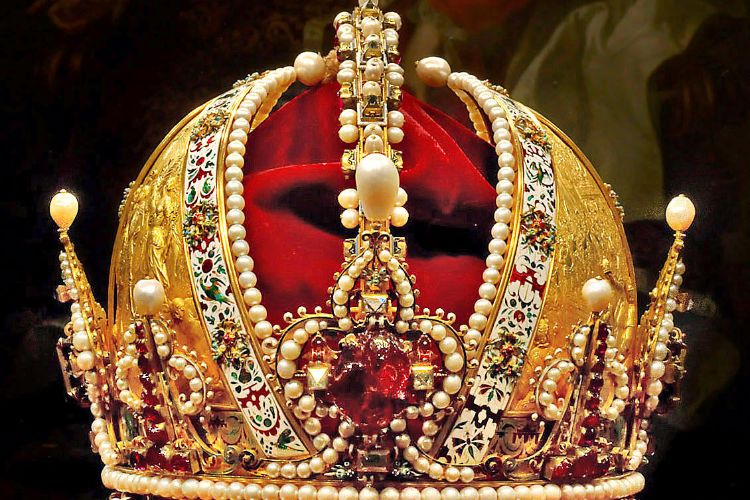
Imperial Treasury Vienna
ViennaAwaiting you at the Imperial Treasury Vienna in the Hofburg Palace is the Austrian Imperial Crown and the insignia of the Holy Roman Empire with the Imperial Crown and the Holy Lance. Other highlights include the treasure of the Order of the Golden Fleece and parts of the immensely opulent treasure 
vorarlberg museum
BregenzThe vorarlberg museum, located in Bregenz, serves as the state art and cultural museum of the Austrian federal state of Vorarlberg. Established in 1857, the museum has been a hub for the collection and preservation of the state's art and cultural material for over a century.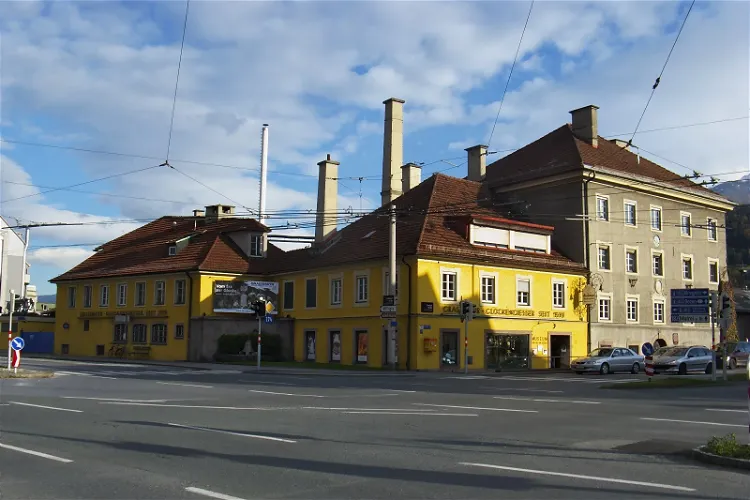
Grassmayr Bell Foundry
InnsbruckThe Grassmayr Bell Foundry, located in Innsbruck, Austria, is a significant historical site with over 400 years of history. Founded by Bartlmä Grassmayr, it is the oldest family business in Austria. The foundry has produced bells for eight different religions and has a global reach, exporting to over 100 countries worldwide.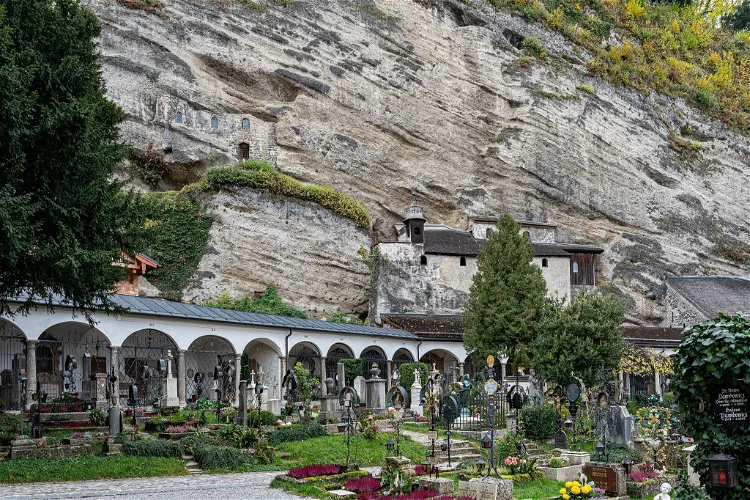
Katakomben Salzburg
SalzburgThe catacombs of Salzburg, situated on the edge of the Petersfriedhof, are a significant historical site. They were carved into the Festungsberg, a mountain in Salzburg, and are believed to be of late antique-early Christian origin. Despite their name, these catacombs were not used as burial sites but likely served as early Christian meeting places.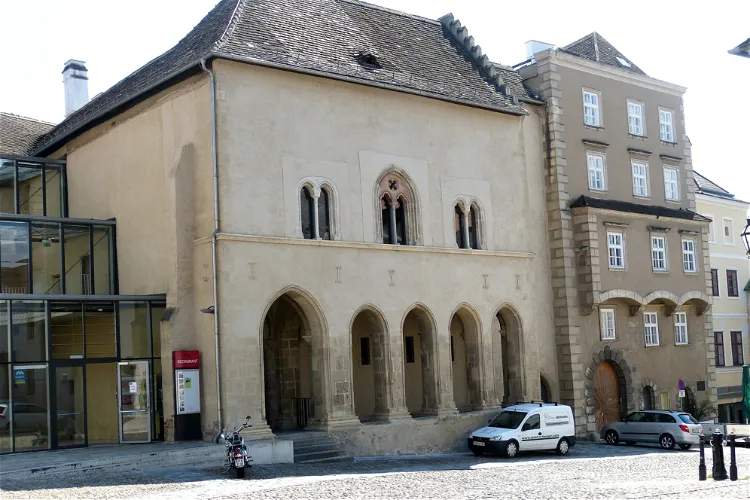
Gozzoburg Castle
Krems an der DonauGozzoburg is a high medieval city castle located in Krems an der Donau, Lower Austria. This historical site offers a glimpse into the past, showcasing architecture from the high middle ages. The castle's unique structure and historical significance make it a notable destination for those interested in history and architecture.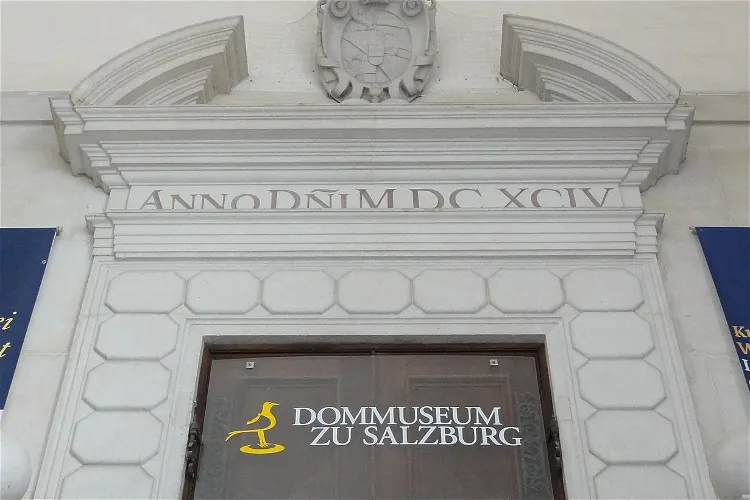
Cathedral Museum
SalzburgThe Salzburg Cathedral Museum, located in the South Oratory of the Salzburg Cathedral, serves a dual role as the Diocesan Museum. This unique location within the cathedral itself offers visitors a chance to explore the rich history and religious significance of the region.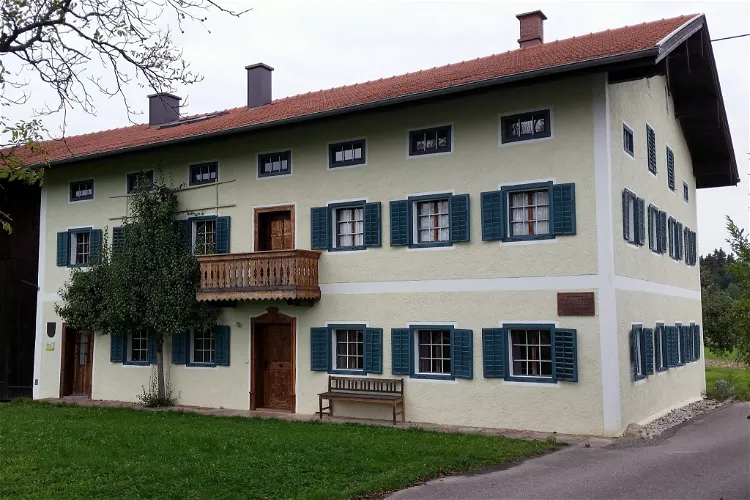
Franz Jägerstätter
Sankt RadegundFranz Jägerstätter was an Austrian conscientious objector during World War II. He was born in Sankt Radegund, a small village in Upper Austria, between Salzburg and Braunau am Inn, where almost everyone was Catholic. He was sentenced to death and executed for refusing to fight for Nazi Germany. His story is a significant part of the history of Sankt Radegund and is likely to be of interest to tourists visiting the area.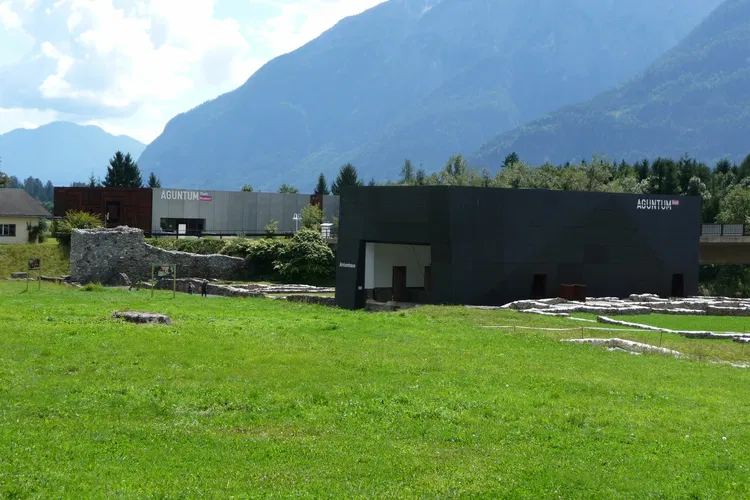
Aguntum
StribachAguntum, a Roman settlement, is situated in the present-day Austrian state of Tyrol, approximately 4 km east of Lienz. The settlement was elevated to the status of an autonomous city, Municipium Claudium Aguntum, by Emperor Claudius. This historical significance of Aguntum provides a rich backdrop for visitors to the museum.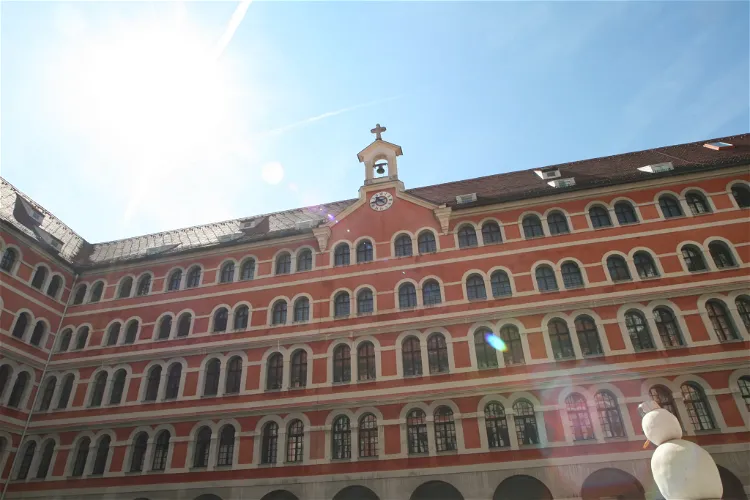
Diözesanmuseum Graz
GrazThe Diözesanmuseum Graz is a museum that represents the Diocese of Graz-Seckau. It is located in Graz, a city in Austria. The museum is a significant institution that showcases the history and culture of the local Catholic Church.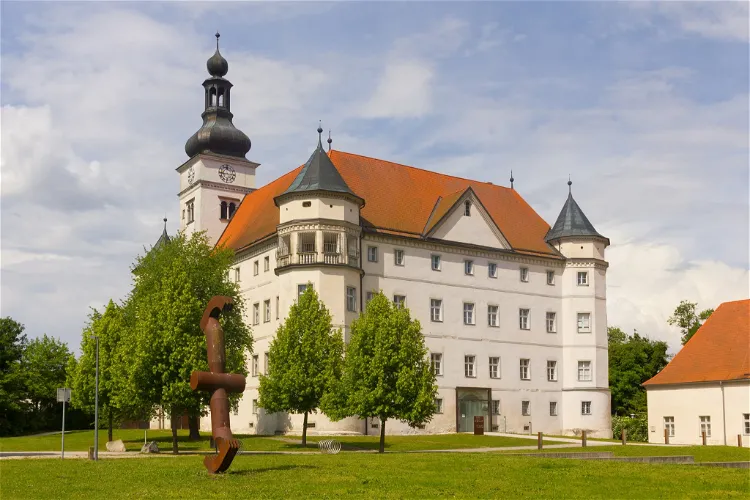
Hartheim Castle
AlkovenHartheim Castle, also known as Schloss Hartheim, is a significant Renaissance castle located in Alkoven, Upper Austria, approximately 14 kilometres away from Linz, Austria. The castle was constructed by Jakob von Aspen in 1600 and stands as a prominent example of Renaissance architecture in the country.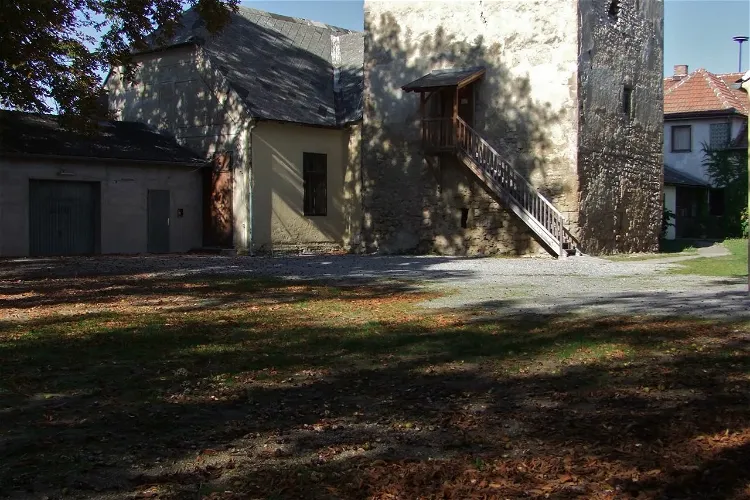
Wehrturm
Palterndorf-DobermannsdorfThe Wehrturm in Palterndorf, located in the Weinviertel region of Lower Austria, holds a rich history. It was first mentioned in the Liechtensteiner Urbar in 1414, but it is believed to be significantly older. This historical significance adds to the charm and allure of the tower, making it an interesting site for tourists who appreciate history.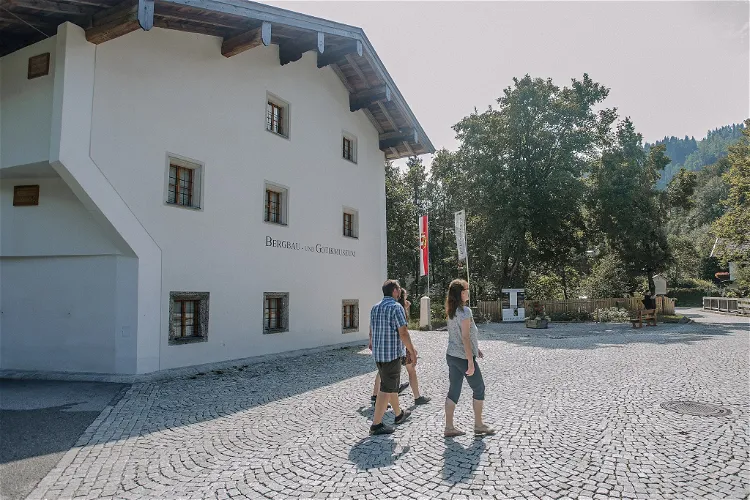
Mining and Gothic Museum Leogang
BergThe Museum of Mining and Gothic Art Leogang, established in 1992, is situated in the scenic locale of Hütten, Leogang, in the Zell am See District of the Austrian Province of Salzburg. This museum is a tribute to the region's 3000-year-old mining tradition and serves as a testament to the rich cultural and historical heritage of the area.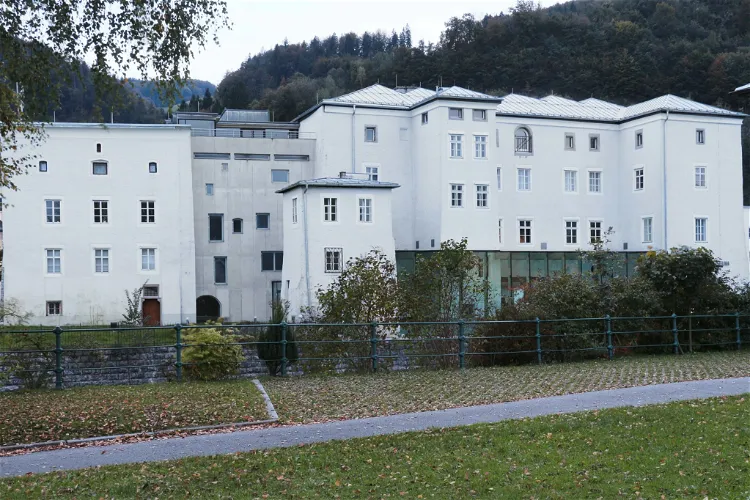
Keltenmuseum
HalleinThe Keltenmuseum Hallein is situated directly on the Salzach at Pflegerplatz No. 5 in the town of Hallein, in the state of Salzburg. This location is easily accessible and offers a picturesque setting for visitors to the museum.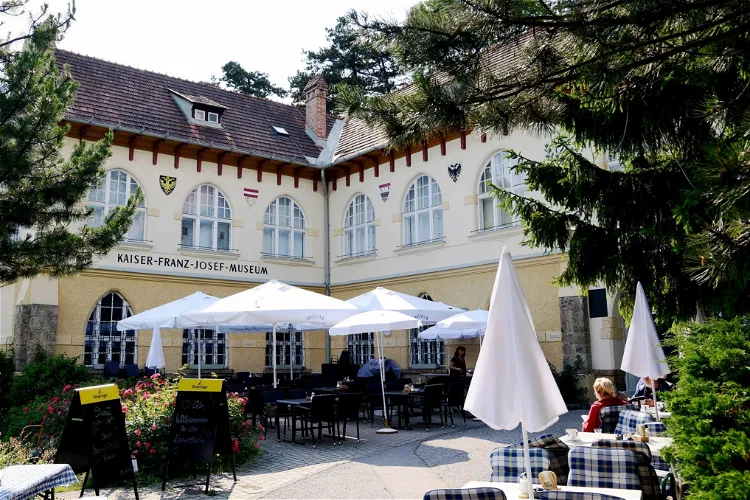
Kaiser Franz Josef Museum
BadenThe Kaiser-Franz-Josef-Museum is situated on the outskirts of the Vienna Woods, in the charming town of Baden near Vienna, Lower Austria. This location offers visitors a unique blend of cultural exploration and natural beauty, making it an ideal destination for those interested in both history and nature.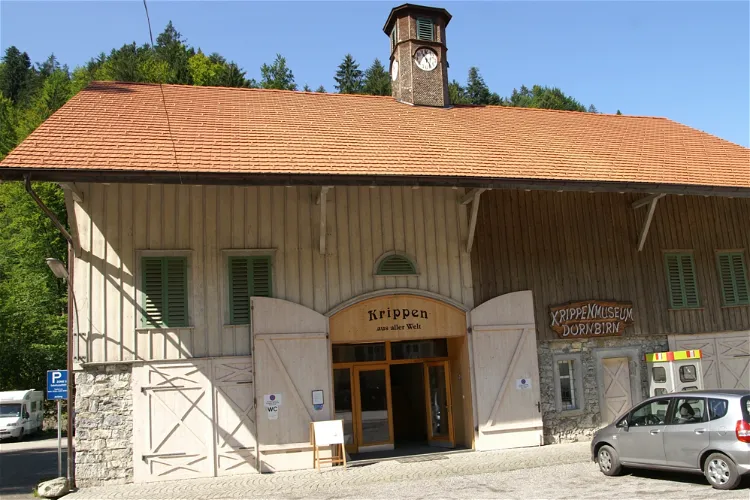
Krippenmuseum Dornbirn
DornbirnThe Krippenmuseum Dornbirn is situated in the "Glockenstadel" in Gütle, right at the entrance of the Rappenlochschlucht. This location makes it an easily accessible destination for tourists who are exploring the area.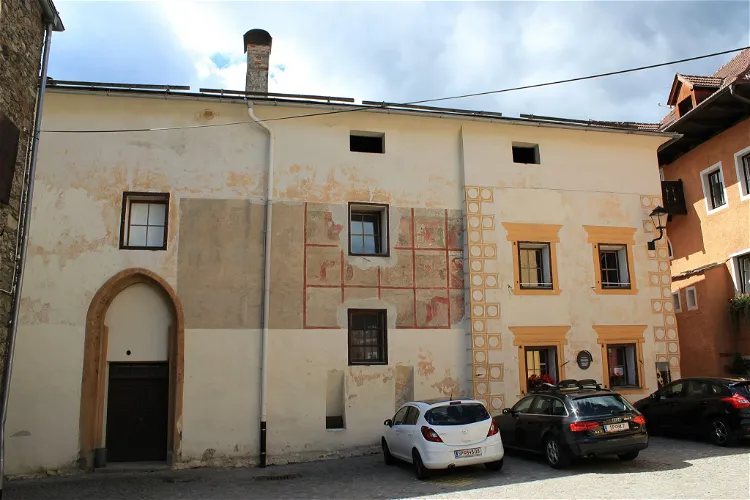
Pankratium Gmünd
Gmünd in KärntenThe Antonius-Spital, a former hospital located in Gmünd in Kärnten, is now home to a museum. This historical building, which dates back to the end of the 14th century, offers a unique glimpse into the past. Its simple exterior is accentuated by a high pointed arch gate and 15th-century frescoes depicting scenes from the life of Saint Elizabeth.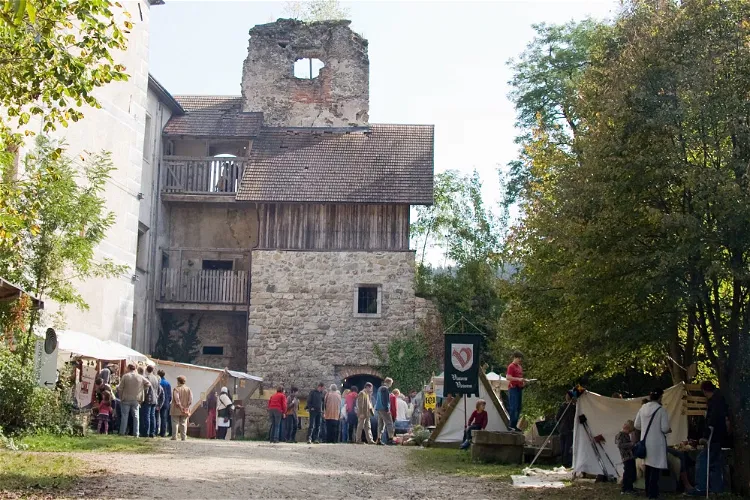
Upper Austrian Castle Museum Reichenstein
TragweinReichenstein Castle, located in the town of Reichenstein in the municipality of Tragwein in the district of Freistadt in Upper Austria, is a semi-ruin of a castle that was converted into a chateau. The castle is situated on a narrow, steeply sloping rock ridge above a river loop of the Waldaist. The castle offers a unique blend of historical architecture and natural beauty, making it a fascinating destination for tourists.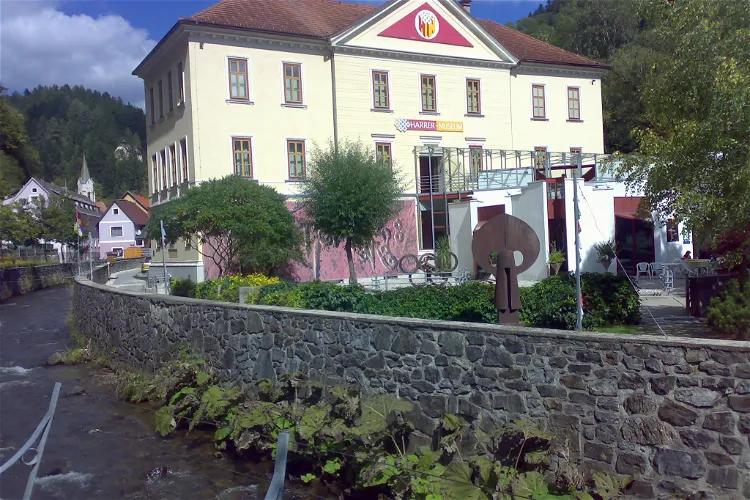
Heinrich Harrer Museum
KnappenbergThe Heinrich-Harrer-Museum, located in Hüttenberg in Carinthia, is dedicated to the research travels of Heinrich Harrer. This museum provides an in-depth look into the life and explorations of this renowned Austrian mountaineer, sportsman, geographer, and author.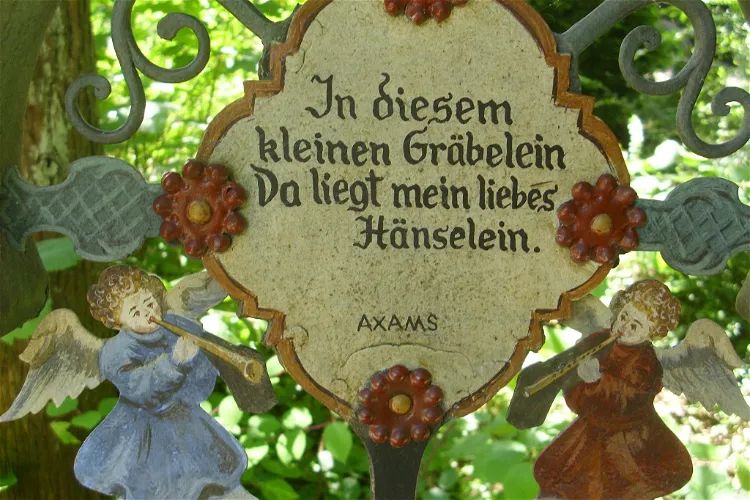
Museumsfriedhof
KramsachThe Museumsfriedhof is a unique open-air museum located in Kramsach, Tyrol. This museum is dedicated to tombstones and was established in 1965 by Hans Guggenberger, a skilled blacksmith and stonemason. This information is crucial for tourists who are interested in the history and origin of the museum.
Museum Carnuntinum
Bad Deutsch-AltenburgThe Carnuntum Museum, situated in Bad Deutsch-Altenburg, Austria, is a significant repository of artifacts unearthed from the archaeological site of the ancient Roman city of Carnuntum. This city, located on the left bank of the Danube, was a strategic center during the Roman era. The museum offers a unique opportunity to delve into the history and daily life of the ancient legionary camp and the civil city of Carnuntum.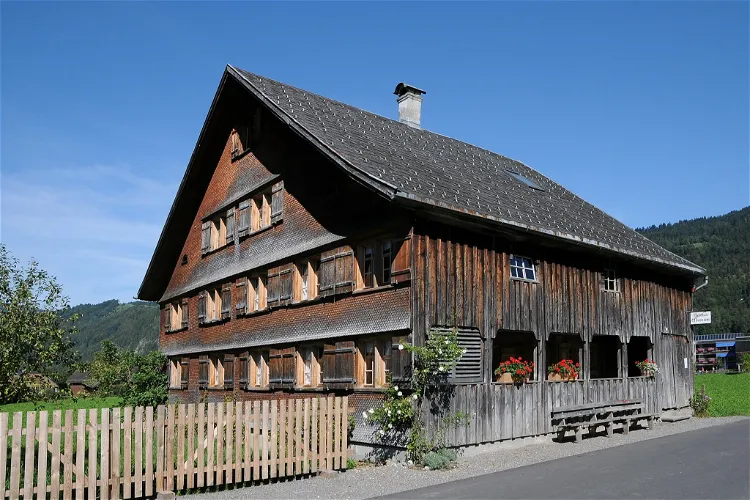
Bezau Local History Museum
BezauThe Bezau Local History Museum is a unique destination that offers a glimpse into the past. It is housed in a former 18th century Bregenzerwald farmhouse, located in the district of Ellenbogen 181 in Bezau, Vorarlberg district, Bregenz. This historical building is a testament to the architectural style and way of life during that period.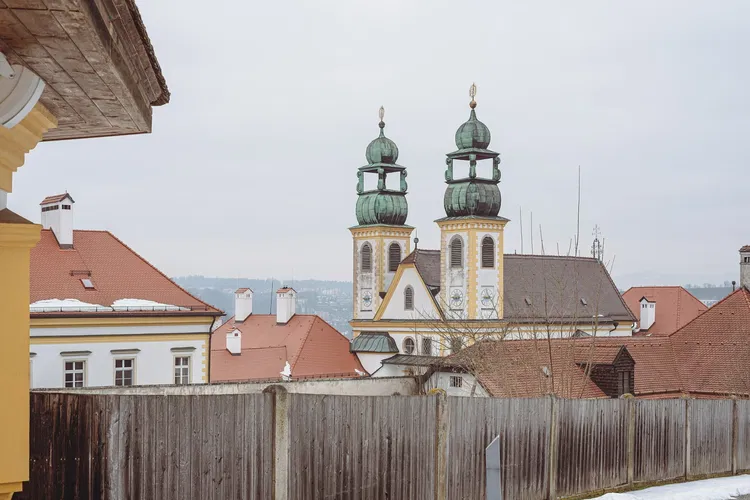
Church of Mariahilf
ViennaThe Church of Mariahilf, located in Vienna's 6th district, is a Baroque parish church and also the church of the Congregation of Saint Michael the Archangel. This historic church is a significant part of Vienna's architectural and religious landscape.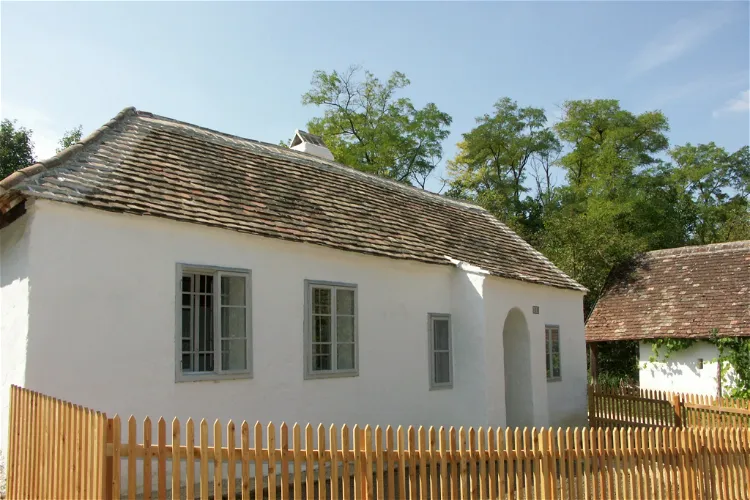
Anabaptist Museum
Sulz im WeinviertelThe Anabaptist Museum in Niedersulz, opened in 2008, is a unique institution in Austria. It is the first museum in the country to feature a permanent exhibition dedicated to the history of the Hutterites and Anabaptists, with a particular focus on the regions of Weinviertel and South Moravia. This makes it a significant destination for those interested in religious history and the cultural heritage of these regions.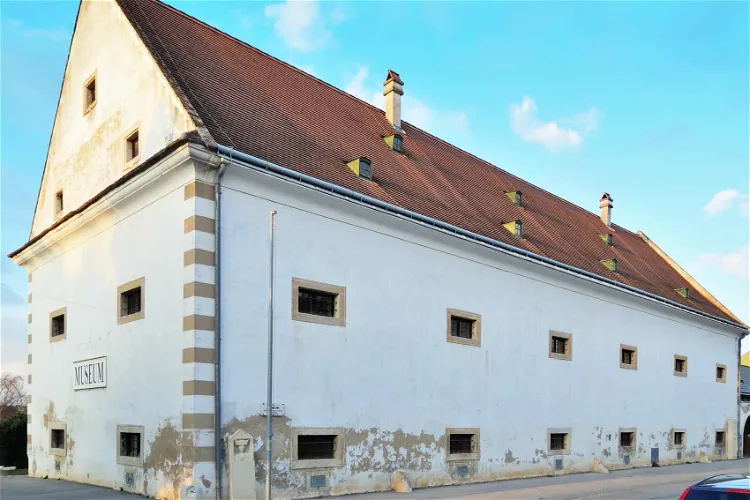
Museum Mannersdorf
Mannersdorf am LeithagebirgeThe Schüttkasten Mannersdorf am Leithagebirge, located in the town of Mannersdorf am Leithagebirge, is a significant historical site. Originally a grain storage facility for the Mannersdorf am Leithagebirge Castle, it now serves as a museum. The building, situated in Jägerzeile No. 9 in the district of Bruck an der Leitha in Lower Austria, is a protected monument, reflecting its historical and architectural importance.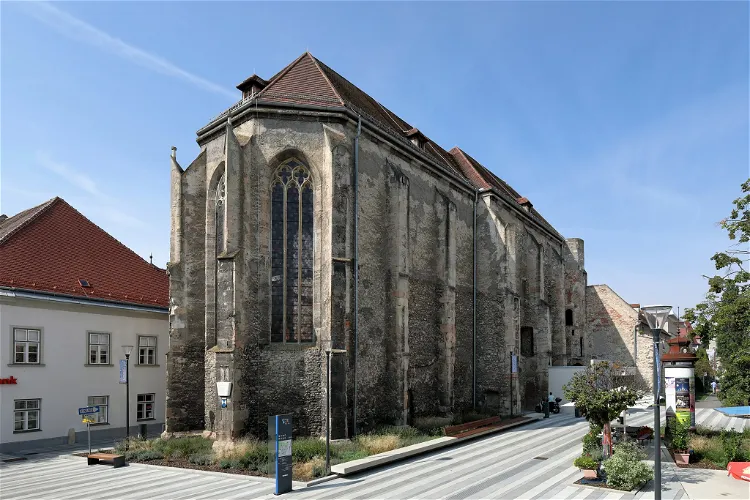
St. Peter an der Sperr
Wiener NeustadtSt. Peter an der Sperr, once a Dominican monastery, is now a significant historical site in Wiener Neustadt, Lower Austria. The former church building, which is no longer used for religious purposes, has been repurposed as an exhibition space. This transformation allows visitors to appreciate the historical architecture while also engaging with various exhibitions.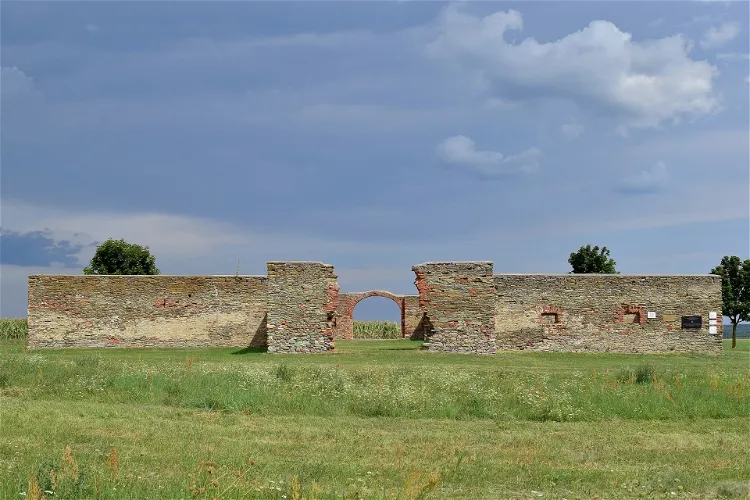
Kreuzstadl Rechnitz
RechnitzThe Kreuzstadl Rechnitz is a significant historical site located on the southern outskirts of the market town of Rechnitz in the Oberwart district in Burgenland. This former agricultural building now serves as a memorial to the Rechnitz massacre. Its location provides a serene and reflective environment for visitors to learn about the tragic events that took place here during World War II.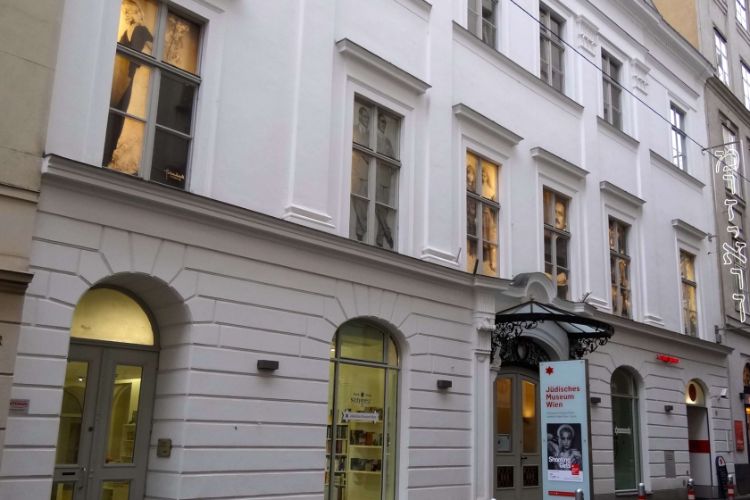
Jewish Museum
ViennaThe Jewish Museum Vienna (Jüdisches Museum der Stadt Wien) is a museum of Jewish history, Jewish culture and Jewish religion in Vienna. The museum has two buildings, the Palais Eskeles and the Misrachi house. The exhibition and event program deals with the past and present of Jewish culture in Austr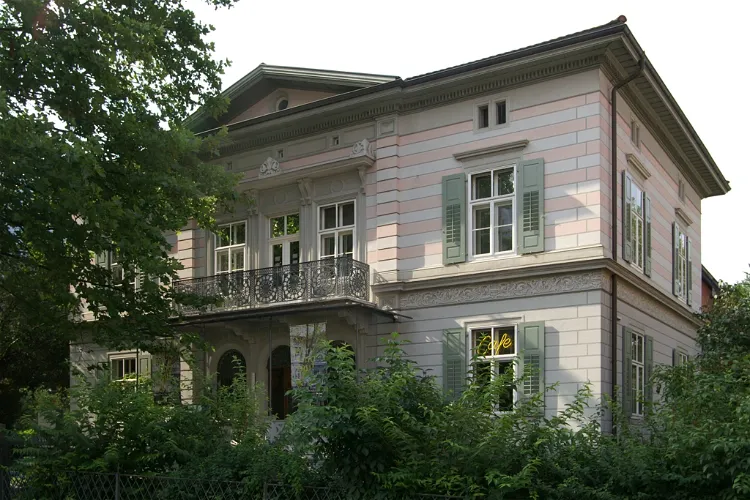
Jewish Museum of Hohenems
HohenemsThe Jewish Museum Hohenems, located in the Austrian state of Vorarlberg, is a regional museum that focuses on the Jewish presence in Hohenems and surrounding regions. It also covers topics such as the Diaspora, Israel, and the future of the European immigration society. This museum provides a comprehensive understanding of Jewish history and culture in the region, making it a valuable destination for those interested in these topics.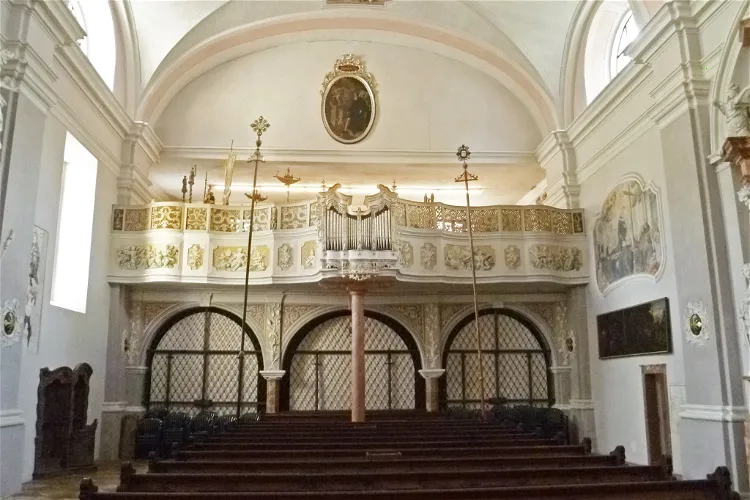
Augustine Museum Rattenberg
RattenbergThe Augustine Museum Rattenberg is a significant cultural institution situated in Rattenberg, Tyrol. This Austrian museum offers a unique opportunity to explore the rich history and artistic heritage of the region.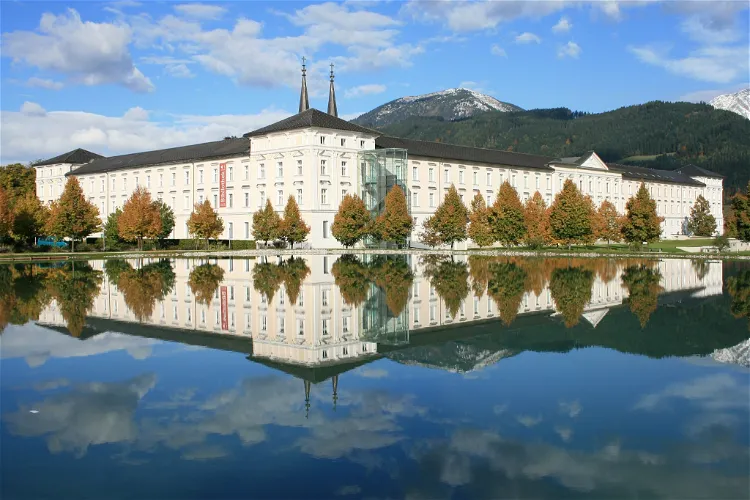
Admont Abbey
AdmontAdmont Abbey, founded in 1074, is a Benedictine monastery nestled in the heart of Austria's Styrian mountains. It is renowned for housing the world's largest monastic library, making it a significant destination for those interested in history, architecture, and literature.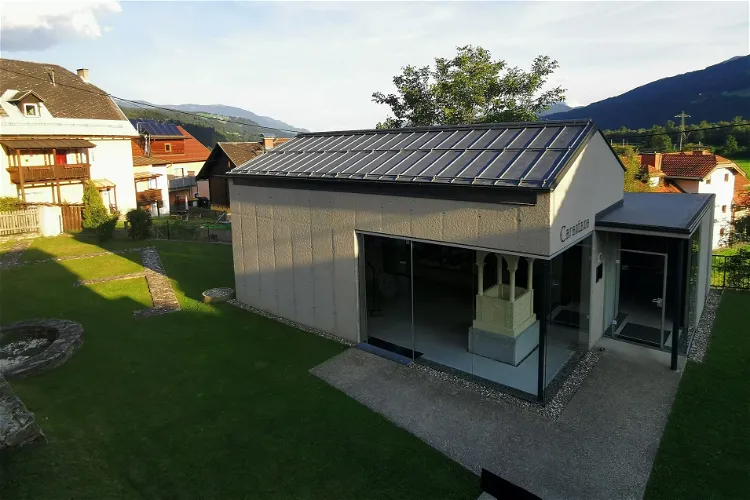
Museum Carantana
Spittal an der DrauThe Early Middle Ages Museum Carantana, often simply referred to as Museum Carantana, is situated in the Carinthian village of Molzbichl, which is a cadastral community of Spittal an der Drau. This museum is dedicated to the presentation of significant early medieval findings from archaeological excavations in the immediate vicinity.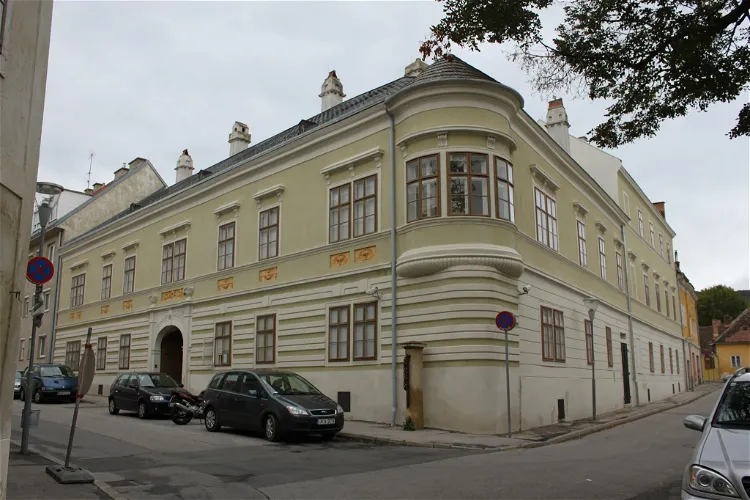
Austrian Jewish Museum
EisenstadtThe Austrian Jewish Museum is situated in Eisenstadt, Austria, on Unterbergstraße 6. This location is easily accessible and provides a unique opportunity to explore the rich Jewish history of Austria.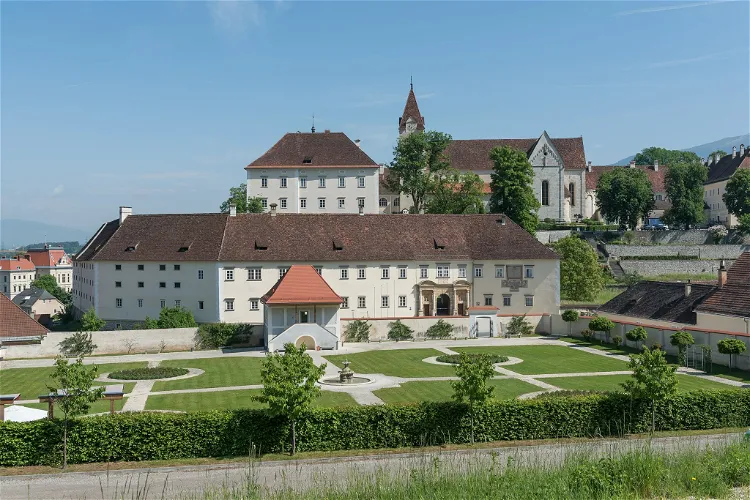
Saint Paul's Abbey, Lavanttal
Sankt Paul im LavanttalSaint Paul's Abbey in Lavanttal is a historical Benedictine monastery that was established in 1091. It is located near the market town of Sankt Paul im Lavanttal in the Austrian state of Carinthia. This ancient monastery offers a glimpse into the rich history and religious traditions of the region.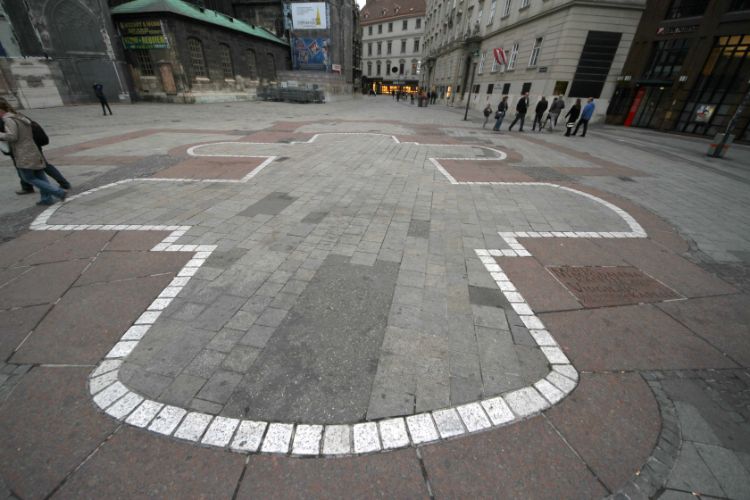
Vergilius Chapel Museum
ViennaThe Vergilius Chapel (Virgilkapelle) is an underground crypt that is located next to the Stephansdom in Vienna. The chapel is rectangular in form with six niches and lies around 12 meters beneath the ground. A small exhibition gives a historical outline of medieval Vienna. It is possible to look int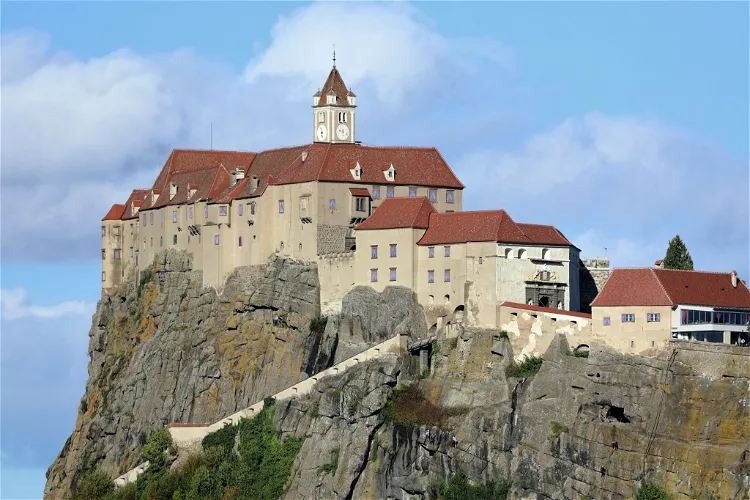
Riegersburg Castle
Altenmarkt bei RiegersburgRiegersburg Castle is a medieval structure that sits atop a dormant volcano in the town of Riegersburg, located in the Austrian state of Styria. This unique location provides visitors with a unique perspective of the surrounding landscape and a glimpse into the castle's intriguing past.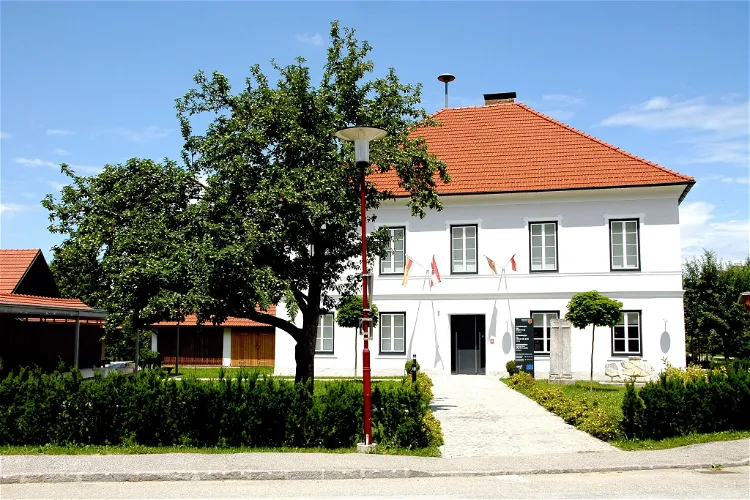
Archäologisches Pilgermuseum
GlobasnitzThe Archaeological Pilgrimage Museum Globasnitz is open to the public from the beginning of May until mid-October. This schedule allows visitors to plan their visit during the warmer months of the year, providing an ideal opportunity to explore the museum and its surroundings.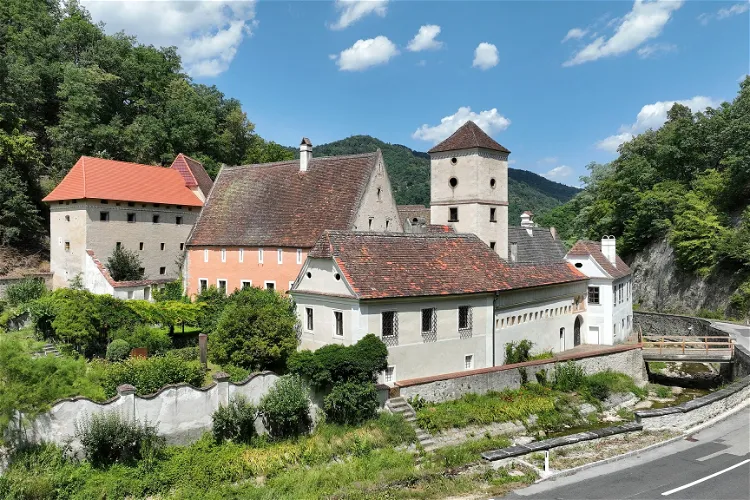
Aggsbach Charterhouse
Aggsbach-DorfThe Aggsbach Charterhouse, located in Aggsbach-Dorf, Lower Austria, is a former Carthusian monastery. It was founded in 1380 by Heidenreich von Maissau. This historical site offers a glimpse into the monastic life of the Carthusian monks and the history of the region.
Stadtmuseum Kirchschlag
KirchschlagThe Stadtmuseum Kirchschlag is a local museum situated in the Lower Austrian town of Kirchschlag in der Buckligen Welt. It is conveniently located next to the late Gothic parish church of St. John the Baptist, making it an accessible destination for tourists visiting the area. The museum offers a deep dive into the history and culture of the region, providing a unique perspective on the local way of life.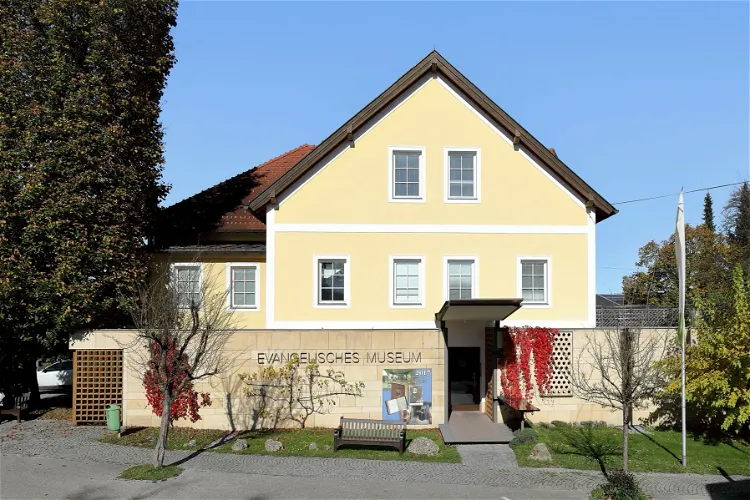
Evangelisches Museum Oberösterreich
RutzenmoosThe Evangelical Museum of Upper Austria, located in the old, protected primary school of Rutzenmoos in the market town of Regau in the Vöcklabruck district, is dedicated to the history of Protestants in Upper Austria. This museum, established at the end of the 20th century, provides a unique insight into the Protestant history of the region.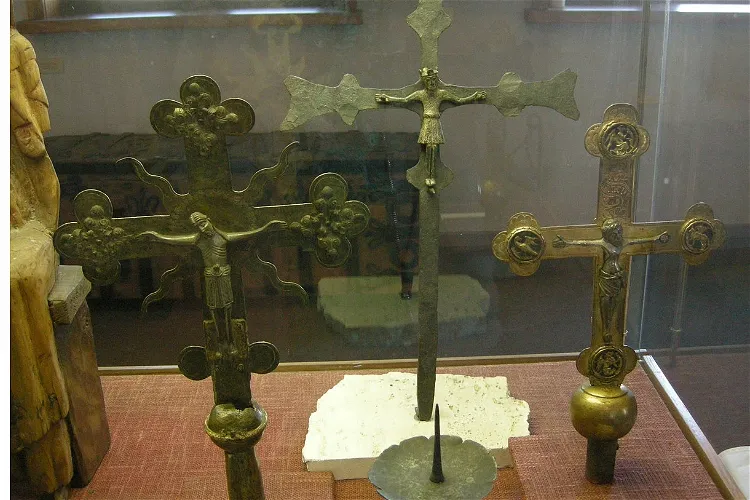
Schatzkammer Gurk
KlagenfurtThe Diocesan Museum (Diözesanmuseum) of Klagenfurt is situated at Lidmanskygasse 10A. This museum is housed in a modern building that is conveniently located next to the cathedral. It provides an easy access for tourists who are visiting the cathedral and want to explore more about the history and culture of the region.
Stiftsmuseum Mattsee
MattseeStift Mattsee, located in Mattsee, Austria, is a collegiate church that has been in existence since around 1045. It holds the distinction of being the oldest existing community of secular priests in Austria. This historical significance adds a unique charm to the place, making it a point of interest for those who appreciate history and architecture.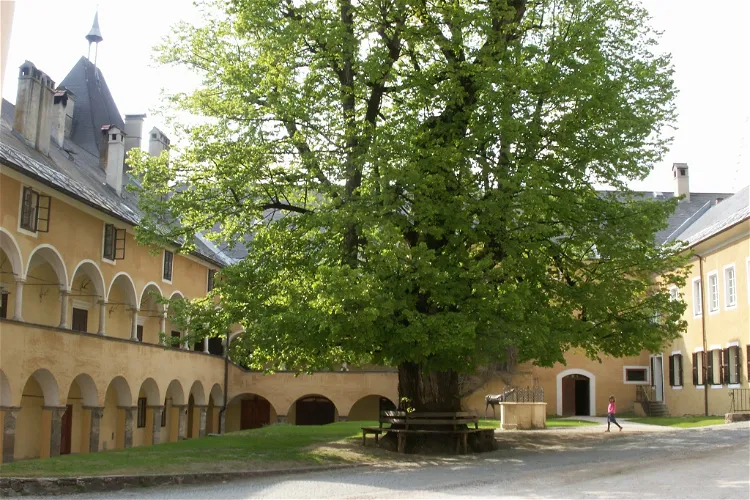
Millstatt Abbey
Millstatt am SeeMillstatt Abbey is situated in the picturesque Austrian municipality of Millstatt am See, nestled within the district of Spittal an der Drau in Carinthia. This location offers visitors a chance to explore the rich history of the region while enjoying the serene beauty of the surrounding landscape.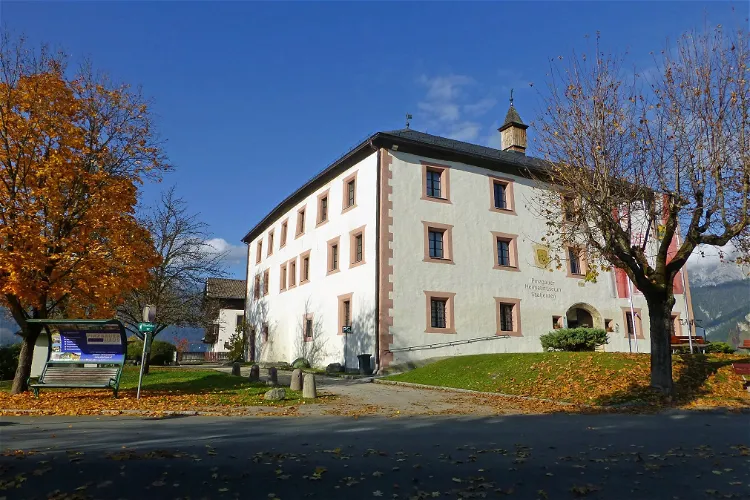
Museum Castel Ritzen
Saalfelden am Steinernen MeerAfter coming into public ownership, Schloss Ritzen and its remaining historical structures underwent restoration and renovation. This process also involved the construction of some additional and connecting buildings, further enhancing the castle's architectural complexity and appeal.
Wallfahrtsbasilika Mariapfarr
AlthofenThe Wallfahrtsbasilika Mariapfarr is a significant religious site located in the municipality of Mariapfarr, in the Lungau district of the state of Salzburg. This Roman Catholic parish and pilgrimage church is dedicated to 'Our Beloved Lady' Maria Assumption. The church holds the title of a Basilica minor, a title bestowed by the Pope to churches of historical and spiritual significance. It is also under monument protection, further emphasizing its historical and cultural value.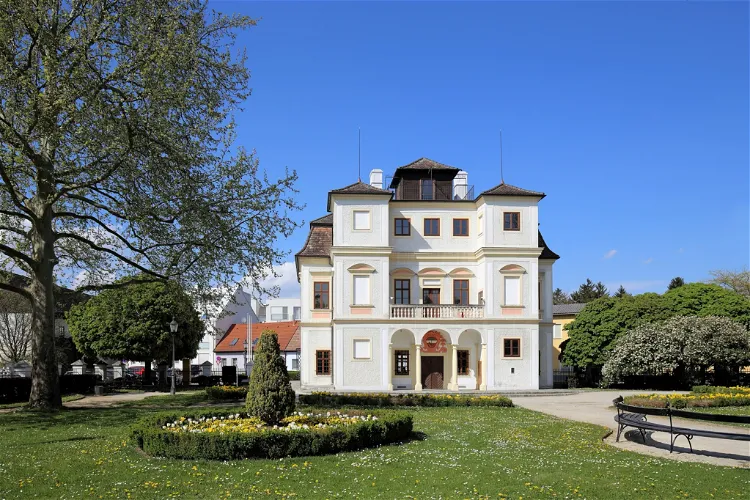
Bezirksmuseum Stockerau
StockerauThe Bezirksmuseum Stockerau is located in the historic Belvedereschlössl, a building with a rich history that dates back to the 15th century. This provides a unique setting for the museum and adds an extra layer of historical significance to your visit.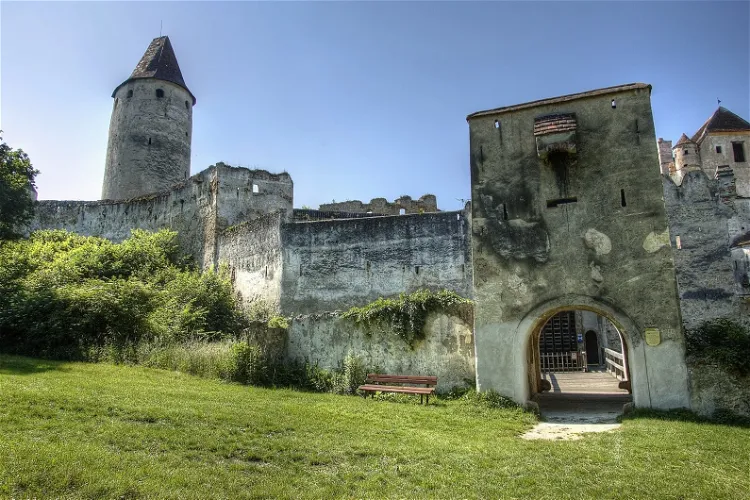
Seebenstein Castle
SeebensteinSeebenstein Castle, situated in Seebenstein, Lower Austria, is a unique structure that comprises two distinct parts. The older section of the castle features a round keep and a ruined palace dating back to the 13th and 14th centuries. The newer part, known as the high castle, was constructed between the 15th and 17th centuries.